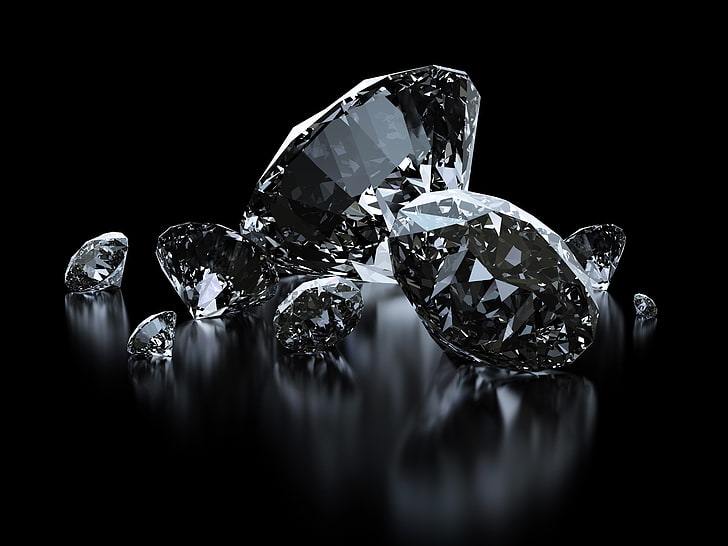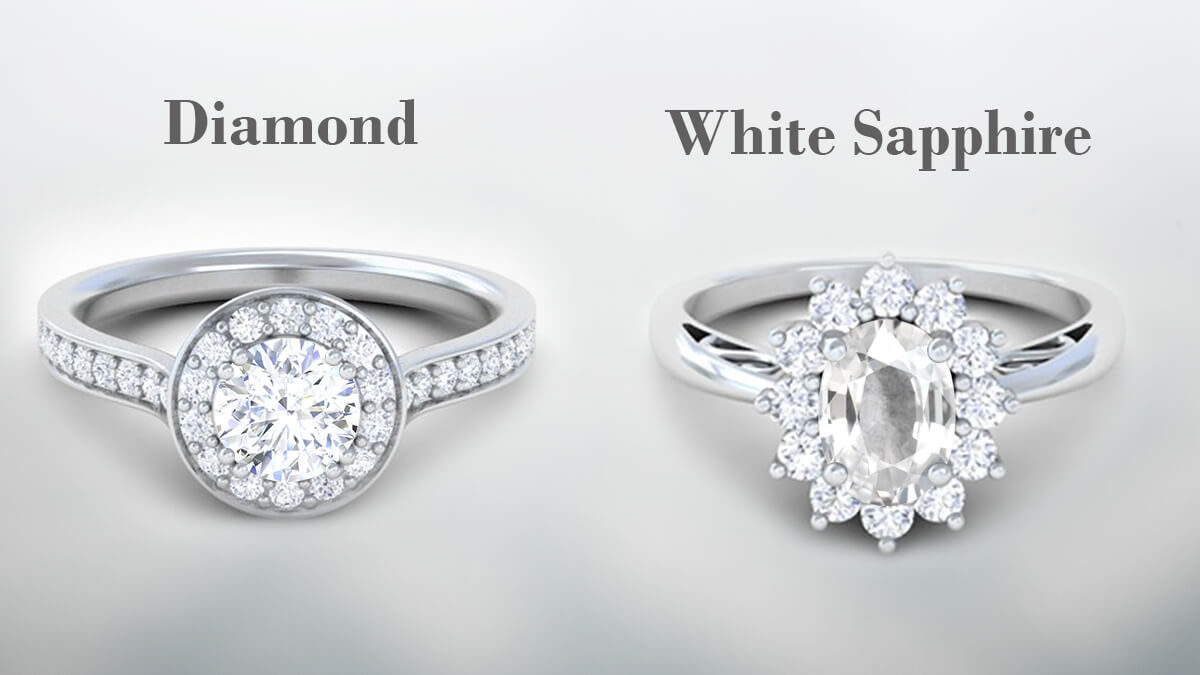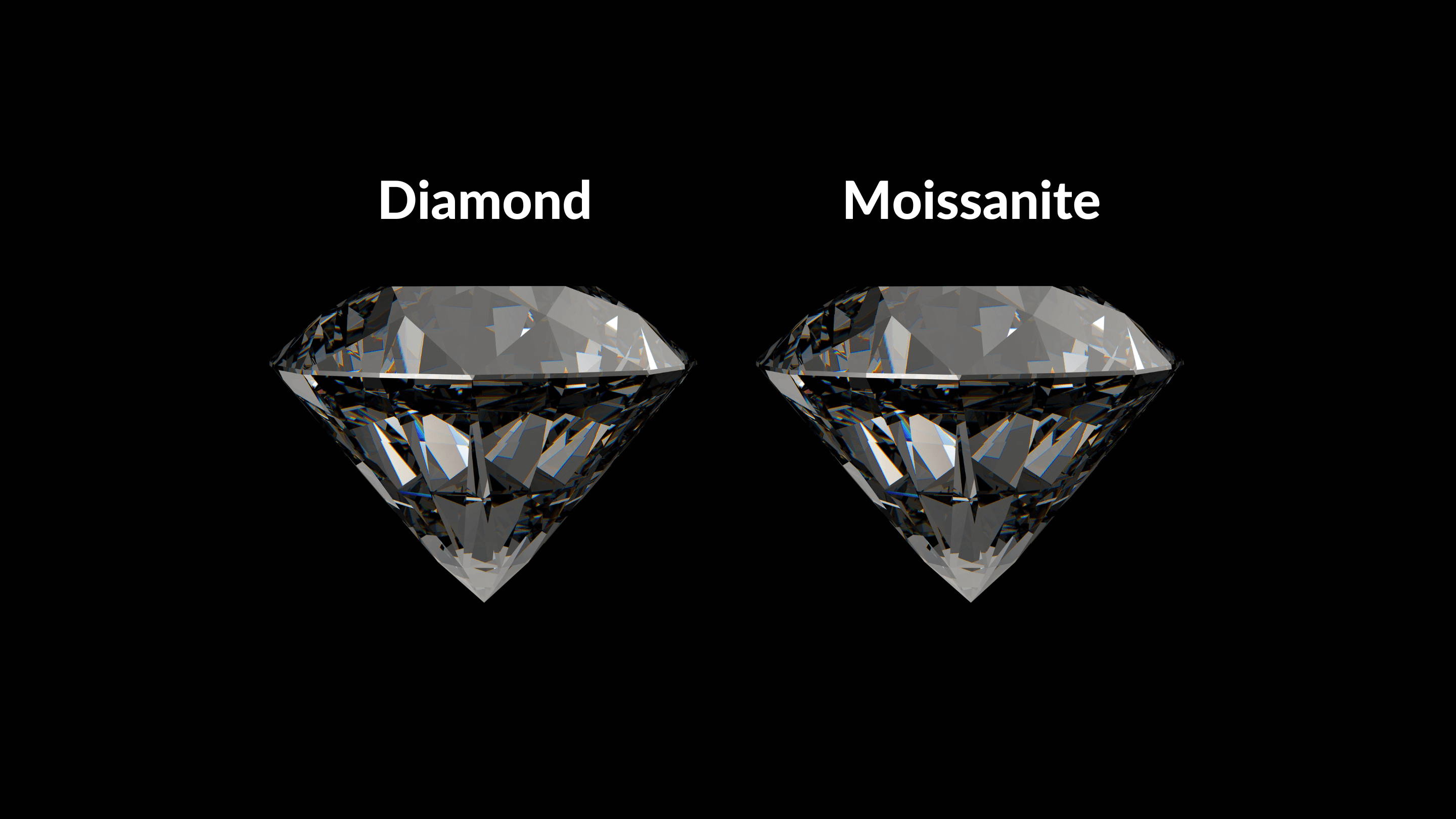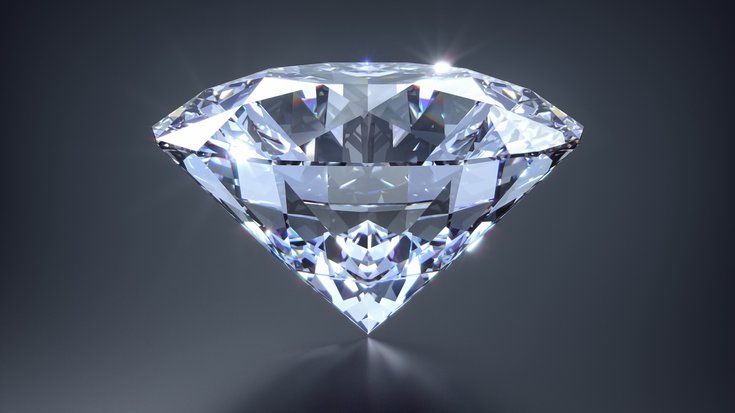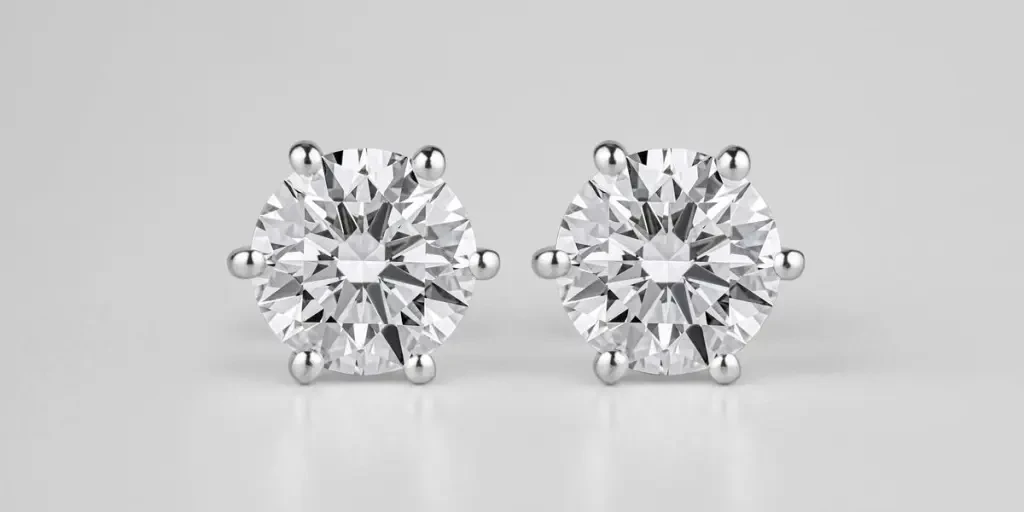Lab Grown Diamond Rings: Platinum vs. Gold – Which is the Better Option?
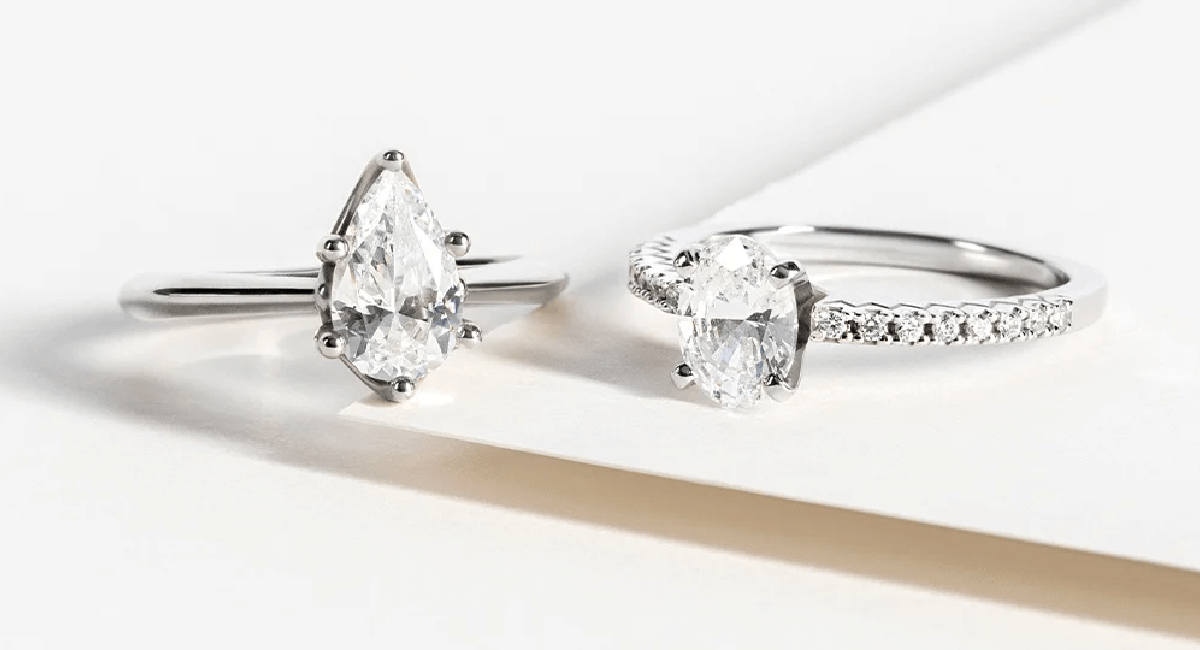
When it comes to choosing the perfect setting for lab grown diamond rings platinum vs gold, one of the key decisions you’ll face is whether to choose platinum or gold. Lab-made diamonds have quickly gained popularity, offering a sustainable, ethical, and affordable alternative to traditional mined diamonds. But when selecting a band for these modern stones, it’s essential to understand the differences between platinum and gold. Both metals have distinct qualities that can significantly affect the overall look and durability of your lab-grown diamond ring. This guide will explore the advantages of platinum and gold when paired with lab-grown diamonds, helping you make an informed decision for your jewelry purchase.
What are Lab Grown Diamonds?
Before diving into the comparison between platinum and gold, it’s essential to understand what lab-grown diamonds are. Lab-made diamonds are chemically and physically identical to natural diamonds but are created in a controlled environment using advanced technology. These diamonds offer an eco-friendly and cost-effective alternative to mined diamonds while maintaining the same brilliance and hardness. As the demand for ethical and sustainable jewelry grows, lab-grown diamonds have become a popular choice for engagement rings, wedding bands, and other fine jewelry.
Lab Grown Diamond Rings in Platinum
Platinum is known for its strength, durability, and rarity. As one of the most sought-after metals in fine jewelry, platinum offers a distinctive look and unmatched sturdiness. When paired with lab-grown diamonds, platinum enhances the brilliance of the stones, creating a truly striking appearance. Its naturally white color allows the diamonds to shine brightly without any yellowish undertones that can sometimes be associated with gold alloys.
One of the key advantages of platinum is its hypoallergenic properties. Since it is naturally pure and less likely to cause skin irritation, platinum is an excellent choice for people with sensitive skin. Additionally, platinum is resistant to tarnish and corrosion, meaning it will maintain its shiny appearance over time, even with regular wear.
If you’re looking for a luxurious, long-lasting setting for your lab-grown diamond ring, platinum is an ideal choice. Its ability to hold diamonds securely and resist wear and tear makes it the perfect metal for engagement rings that will be worn daily.
Lab Grown Diamond Rings in Gold
Gold has been a classic choice for jewelry settings for centuries, and its appeal remains strong today. When it comes to lab-grown diamond rings, gold can be an excellent option depending on your style preferences and budget. Unlike platinum, which is naturally white, gold comes in a variety of hues, including yellow, white, and rose gold. Each gold color offers a different aesthetic, allowing you to personalize your lab-grown diamond ring based on your taste.
Yellow gold, for example, gives off a warm, classic look that complements the sparkle of lab-grown diamonds. White gold, on the other hand, has a more contemporary appearance, with a slightly silvery sheen that pairs well with the clean, modern look of lab-grown diamonds. Rose gold has a romantic, vintage feel that is becoming increasingly popular for engagement rings.
While gold is not as durable as platinum, it can still provide a strong and secure setting for your lab-grown diamond. One important thing to consider when choosing gold is that it is generally more malleable than platinum, which means it may scratch or dent more easily over time. However, with proper care, gold can remain beautiful for many years. Gold is also more affordable than platinum, making it an excellent choice for those looking for a stunning lab-grown diamond ring at a lower price point.
Durability of Platinum vs. Gold for Lab Grown Diamond Rings
When comparing platinum and gold for lab-grown diamond rings, durability is one of the most important factors to consider. Platinum is a highly durable metal that is resistant to wear and tear. Its natural properties allow it to hold up well lab made diamonds, making it a great choice for engagement rings that will be worn daily. Unlike gold, platinum does not lose metal over time through scratching or polishing, meaning that the band will maintain its thickness and strength.
Gold, on the other hand, while durable, is a softer metal. Its malleability means that it is more prone to scratches and dents, especially when it is alloyed with other metals like copper or silver. The hardness of gold can vary depending on its karat, with higher-karat gold being softer and lower-karat gold being more durable. In terms of long-term wearability, platinum outshines gold, but gold offers a more affordable alternative for those who want a beautiful lab-grown diamond ring without the premium price tag.
Appearance of Lab Grown Diamond Rings in Platinum vs. Gold
The appearance of your lab-grown diamond ring is crucial, as it will be a piece of jewelry that you’ll cherish for years. Platinum’s natural white hue complements the brilliance of lab-grown diamonds, making the stones appear larger and more sparkling. Platinum’s ability to reflect light enhances the diamond’s sparkle, which is especially important for lab-made diamonds that are known for their exceptional brilliance.
Gold, while not as reflective as platinum, still offers a beautiful setting for lab-grown diamonds. Yellow and rose gold can warm up the appearance of the stone, adding a touch of vintage charm or creating a more romantic feel. White gold, similar to platinum, has a sleek, modern look that makes it an excellent choice for contemporary lab-grown diamond rings.
The decision between platinum and gold will largely come down to your style preferences. If you prefer a sleek, modern, and durable look, platinum is the way to go. However, if you’re looking for a more budget-friendly option with a unique color, gold provides many choices that complement lab-grown diamonds beautifully.
Conclusion: Platinum vs. Gold for Lab Grown Diamond Rings
When choosing between platinum and gold for your lab-grown diamond ring, it ultimately comes down to your priorities. If you are looking for durability, hypoallergenic properties, and a modern, timeless appearance, platinum is the best option. However, if you prefer a specific color and want a more affordable option, gold can be an excellent choice. Both metals offer a stunning way to showcase your lab-made diamonds, so it’s important to consider your lifestyle, preferences, and budget when making your decision. No matter which option you choose, a lab-grown diamond ring in either platinum or gold is a beautiful and sustainable choice that you’ll cherish for years to come.

